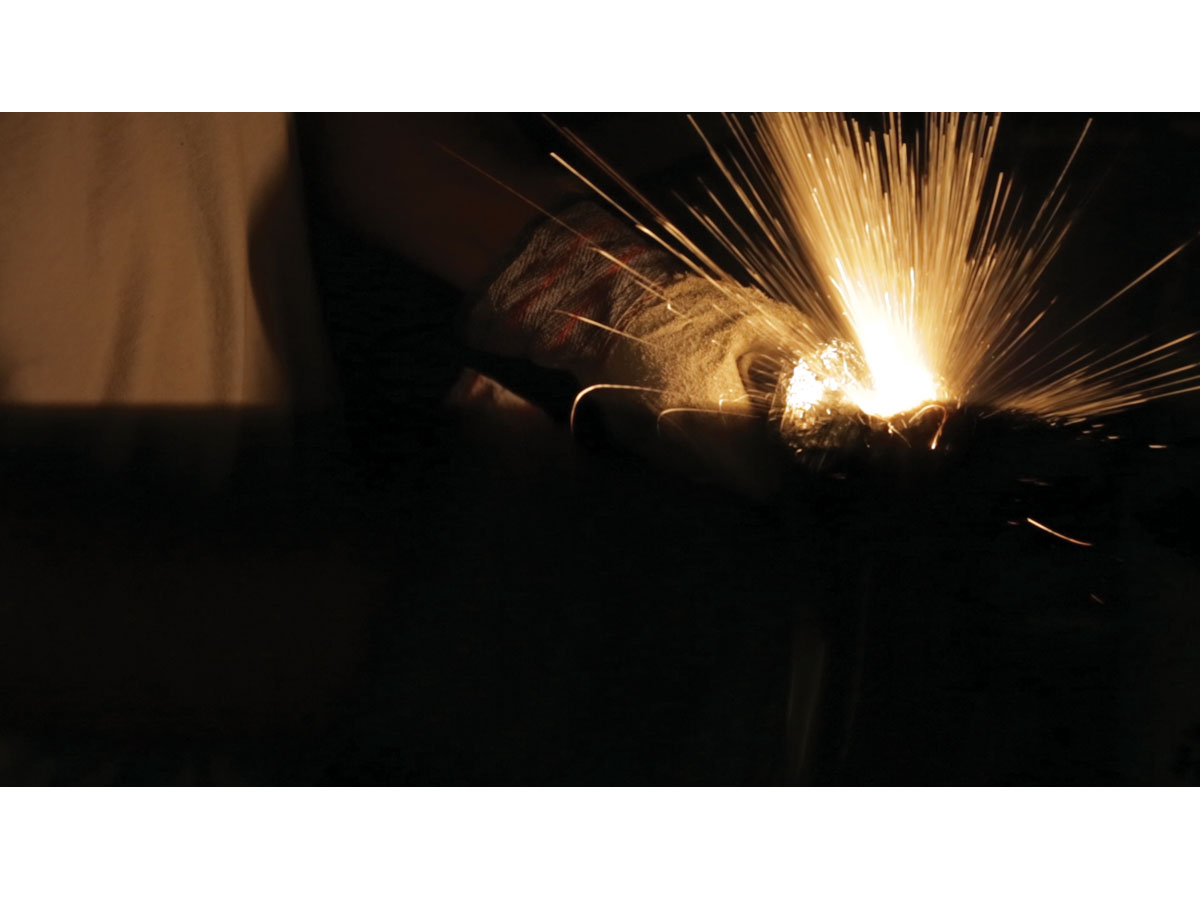“A blast furnace that fits in a vest pocket.”
That’s what Wilhelm Ostwald, a Nobel Prize-winning chemist, called thermite, which is a mix of two common chemicals — iron oxide, better known as rust, and powdered aluminum. When combined and ignited, the stuff burns hot enough to melt iron. One of the most powerful chemical processes used in industry, the thermite reaction had a major role in the building of railroads.
Through the 1920s, railroads were built by joining tracks using steel connectors, called fishplates, and several thick metal bolts. However, mechanically joined tracks made an irritating “clack-clack” sound as the trains rode over them. More importantly, bolted connections become loose, requiring a great deal of ongoing and expensive maintenance. Executives of the day were actively searching for a way to reduce the costs of maintaining the thousands of miles of track they owned.
In 1893, Dr. Hans Goldschmidt, a German chemist, accidentally developed the process for welding thick sections of steel together in the field. While searching for a method of purifying metal ores in his laboratory in Berlin, he discovered that a mixture of iron oxide and aluminum would generate 3000°C heat, which was more than hot enough to weld steel track. He quickly switched his attention to refining this process, which he named thermite welding. The process was first used to weld streetcar track in Essen, Germany, and within a few years thermite welding was being used nearly everywhere there were railroad tracks to be joined.
Thermite is still commonly used to repair existing track and in some cases, build new track (makezine.com/go/thermite-welding). Additionally, the military frequently uses thermite in the form of hand grenades to disable captured weapons, such as artillery pieces and truck engines.
The Chemistry of Thermite
One aspect that makes thermite so interesting is the incredible simplicity of the chemical reaction:
Fe2O3 + 2 Al → 2 Fe + Al2O3 + lots and lots of heat
Iron oxide and powdered aluminum are stable at room temperature, and even if you mix purified reagents together, they will just sit there as a mound of inert gray powder. But if you can initiate the chemical reaction with an extremely hot flame (hotter than a propane torch) the stuff burns wildly, in an intense exothermic reaction hot enough to burn through dirt.
When the thermite reaction occurs, oxygen atoms are ripped out of the iron oxide, which then becomes pure metallic iron. It takes a great deal of energy to accomplish this as the oxygen is bound tightly within the rust molecules. The energy comes from aluminum, a powerful reducing agent that provides enough energy to heat the iron far past its melting point — enough to spew out sprays of spark and melt adjacent hunks of iron.
Making and using thermite is not normally a project suitable for amateurs, but this project is safe enough for a junior high science student to undertake with supervision.















